
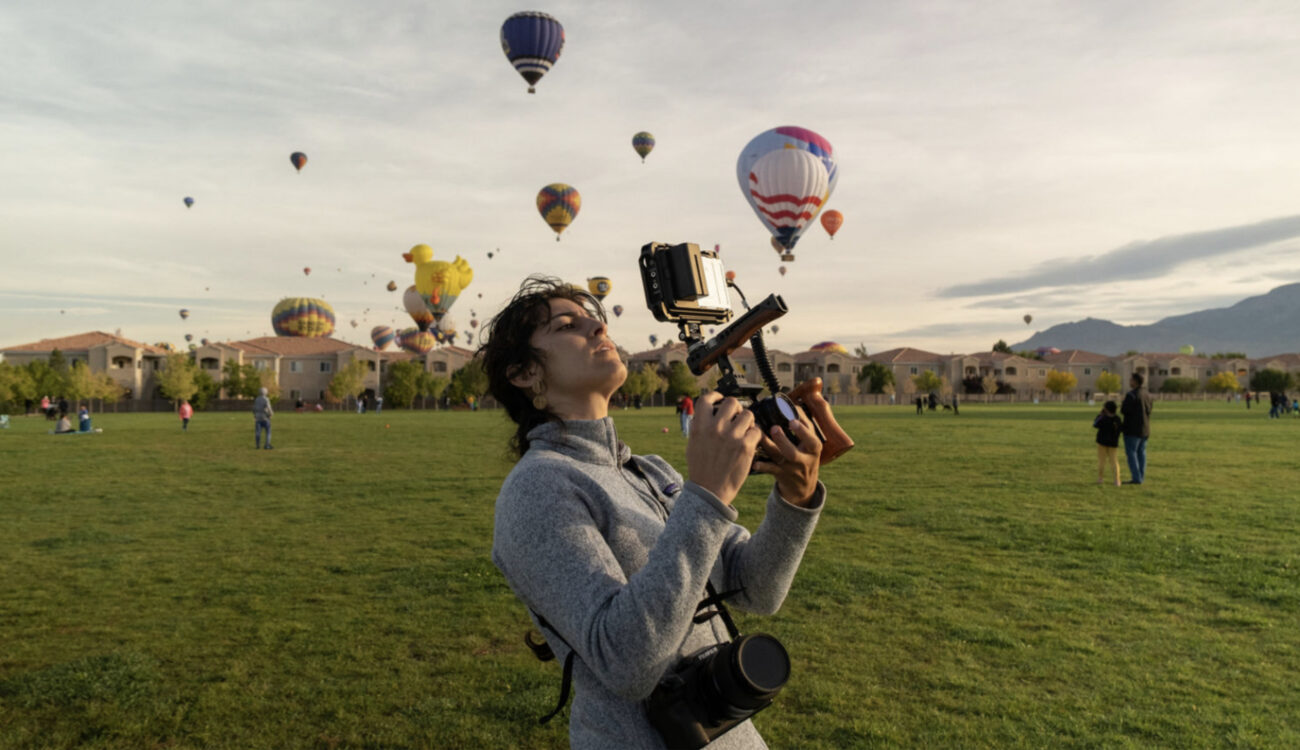
CineD is always searching for a way to connect creators and manufacturers – and, of course, to help filmmakers show their work. This is why we teamed up with FUJIFILM to show our filming community work that has been done with FUJIFILM cameras. In the very near future, we will also be encouraging you guys to share your work with us, so we can feature selected films, but for now, please meet Leah Judson, a visionary and storyteller from Washington, D.C. “In the Spotlight” is proudly sponsored by FUJIFILM.
The following interview features Leah Judson, a photographer by trade who ventured into filmmaking. Her current series “Before We Could Drink” features stories of humans under 21 who are changing the narrative of what’s possible for their age.
For the first season, Leah features youth under 21 who are phenomenally ordinary; kids who are doing great because they want to be great for themselves, not for society. Yet, time and time again our cultural norms and pressures restrict their voices because of their age or “lack of experience.”
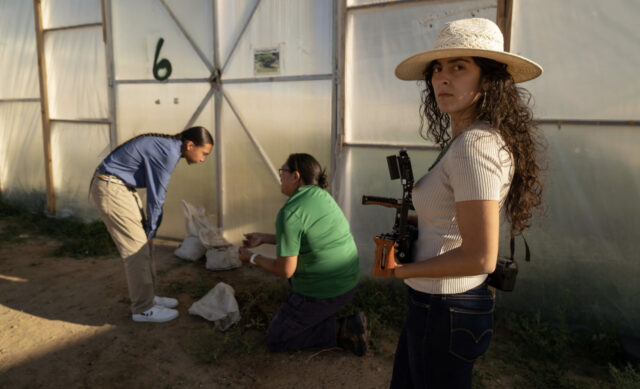
These seven stories were captured over the course of three months across the United States. She traveled to these stories in a 23-foot bus that Leah renovated in four months with her husband.
Here’s a trailer of the first season:
In the Spotlight With FUJIFILM – Leah Judson
Name: Leah Judson
Currently based in: Washington, D.C.
Language(s) spoken: Spanglish & Survival German
Occupation: Photographer
Q: How did you get started in our industry?
L.J.: It’s a long, heartwarming story, but the short version is that I found myself in the Czech Republic on a service project. At the end of each evening, a slideshow was played with images of people who were working on this project. On the last day, I saw a photo of myself blown up, which brought me to tears. For years, I felt unseen and this moment made me realize the power that photography could bring.
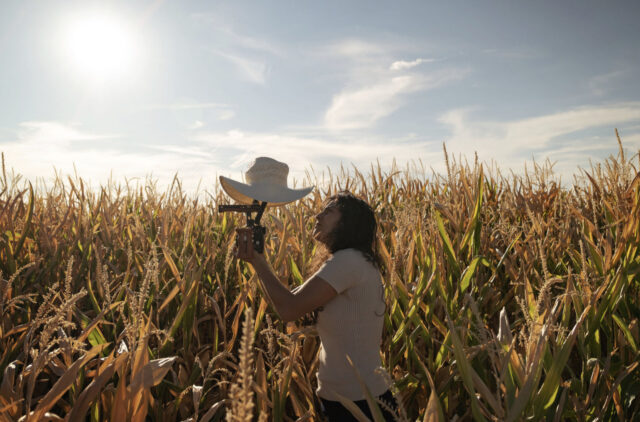
I started to explore photography through high school and wanted to pursue it in college, but my parents at the time were not supportive, mainly out of fear that it wouldn’t be lucrative. I fought for many years to learn from others and worked my way to proving it was something powerful for me to continue pursuing.
Current assignments:
Documenting the first Arab BBQ Pit master from Dubai on his US tour through Washington, D.C., Texas, California, and Louisiana for the next two months.
What types of productions do you mostly shoot?
I prefer to be on productions that are story driven and highlighting humble humans. I want my work to be centered around uplifting, yet overlooked narratives and challenging people’s perspectives and preconceived notions about certain cultures or ways of life. So maybe you’ll find me on the back of a pick-up truck or knee-deep in water trying to capture the land and the people in it.
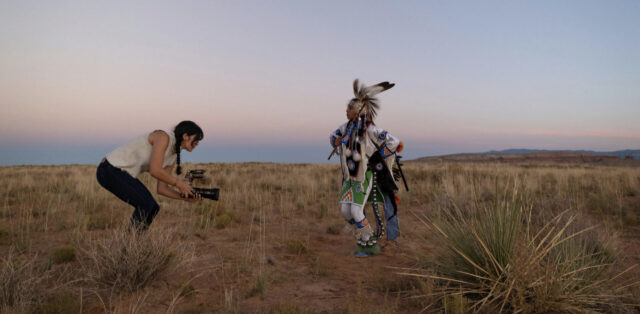
What is your dream assignment / job in our industry, and what are you really passionate about?
I don’t have any aspirations to see my work in any top publications. My heart daydreams often about two projects I’ve been envisioning for most of my life. One throws me in deep, discovering indigenous communities who continue to choose to stay out of our modernizing world. I want to see their practices, their religions, their way of life. I want to see how they cook, dress, and speak. So many languages are dying, so many lands are being taken and regurgitated into some commercial metropolises, so I yearn to preserve what they’re struggling to keep intact.
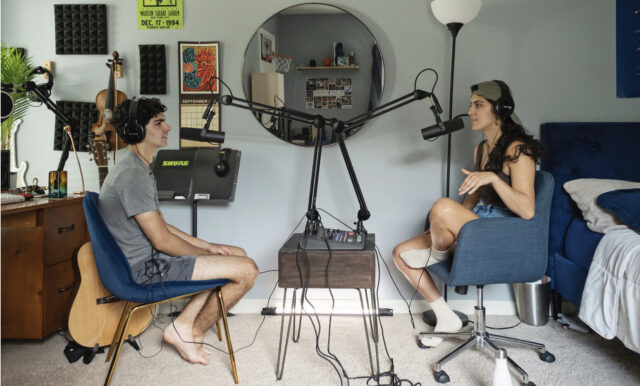
My second project would be centered on teaching youth how to photograph their own story. Kids are powerful and often doubted about their abilities. I know that photography is an easy extension for expression if given the tools and knowledge. It can be a modality for healing. I would find pleasure in spending time with communities who see their children need an outlet to express themselves.
In the work that you are presenting us, now that it is done, what would you have done differently throughout the production?
I wish I had given myself more time to prepare. I didn’t know how to properly drive a bus, let alone know anything about vehicles, which created a lot of stress on the journey. From breakdowns to leaks, it made sleep minimal, which made production days unruly. Additionally, I didn’t anticipate the costs associated with the production, which made it financially difficult to recover from post-production. It can be very expensive to execute a multi-day, and in this case, multi-month production. Even though I had brand support and public crowdfunding, it still didn’t cover the unpredictable expenses on this unique tour.
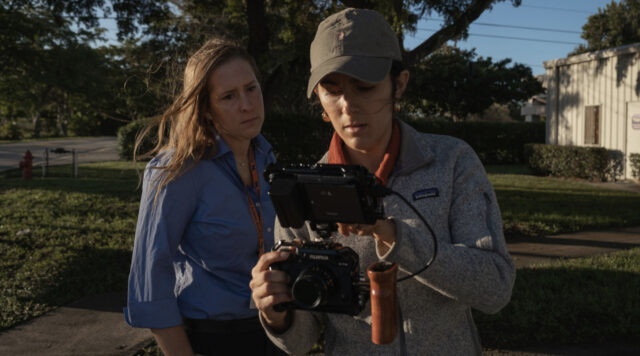
I find there aren’t a lot of resources available to help you learn about financing for projects like this, and it was a huge learning curve to conquer. Lastly, I wish I had an equal amount of time with each character. From two days to three months, I had wildly different shooting experiences because of the length of time I had available with each person. I felt that some episodes could have been stronger if I had more days to fall back on for conversations and exploring.
What current camera, lenses and sound equipment do you use?
I currently use the FUJIFILM X-T4 for filming and the FUJIFILM GFX100s for photographs. I love primes, despite the hassle of changing lenses. The X-T4 mostly rocks a 35mm lens and the GFX100s will flaunt the 45mm. The on-camera audio is quite impressive for the X-T4, so I tend to lean on that for sound, but really enjoyed the Shure Mics for interviews which gave such a beautiful warmth across all the audio.
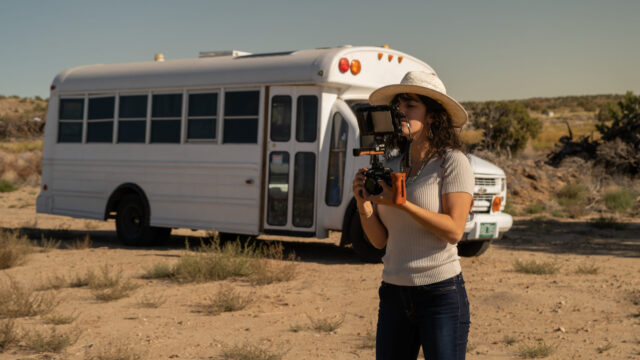
You chose to shoot your project with the FUJIFILM X-T4 and GFX 100s camera. Did you impose on yourself any limitations like not shooting with a tripod?
Even though I had multiple lenses, I convinced myself to stick with one prime mostly to minimize losing a moment whilst filming on the X-T4. I was also simultaneously using my GFX 100s as my photography camera, so switching back and forth was challenging. If I had more hands I’d use them, but I had to make decisions on what to sacrifice.
What’s your favorite lighting equipment, and why did you choose that kit over other solutions?
I chose to use natural light for all the shooting for this project. As a photographer, I tend to use strobes, so pivoting to filmmaking was a new challenge, not with just learning how to film, but also to understand light on a new level. I had panel lights and a tube light on board that was barely touched.
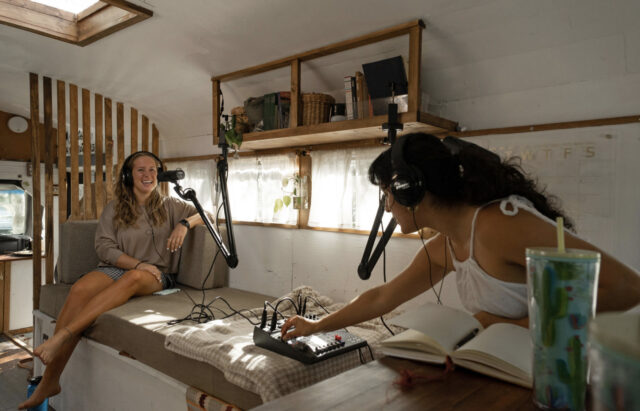
There wasn’t enough time to manipulate scenes with artificial lights, so I just had to learn how to use what was available. It at least created a consistent look, though there were moments quality was sacrificed when it was way too dark.
Do you use drones/gimbals in your productions? If so, what is the most effective way you’ve found of deploying them?
I brought a DJI Ronin with me for this project and when it flipped upside down I decided to throw the white flag up. I had a drone that I enjoyed using, but I did not incorporate that footage for this project. It was difficult to capture parts of the United States without breaking any laws since a lot of locations are either restricting the use of drones.
What editing systems do you use and are you satisfied working with it?
I handed off my footage to be edited by someone else, initially because of skill set, but secondly because I wasn’t able to be on the screens as much since I was recovering from a concussion when the episodes were under post-production. A lot of decisions were handled over the phone or sending photos of written notes to update the drafts. My photography was completed before the injury on Lightroom, which I use religiously. I used to spend most of my time on Photoshop, but since my work has steered more toward documentaries, I don’t need to fine-tune as much as I used to when I worked in Beauty.
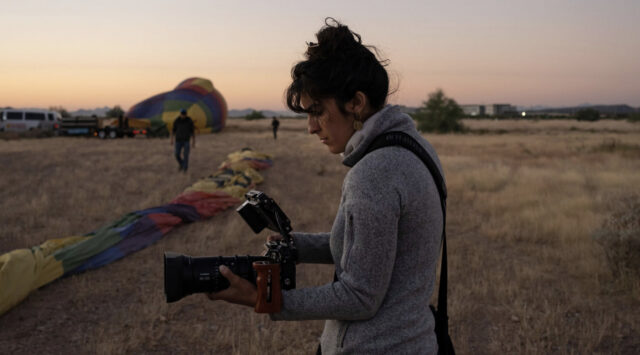
How much of your work do you shoot in “flat picture profile” and what is your preferred way of color correcting?
All the filming was shot in Log, both natively and also through an Atomos Ninja monitor/recorder. Color correcting was done in Premiere Pro and DaVinci Resolve by my editor. He found some FUJIFILM LUTs that he tweaked for our own unique look for this series. In my photography work, I prefer a darker approach to editing with a touch of warmth. I find a lot of work these days is bright and airy, but I get pulled into dusty, backlit spaces and shadowy corners. I like finding those moments with my character that feel soft, but powerful, quiet but intense.
How frequently do you travel and do you have any tips when it comes to packing your gear?
I mostly travel for my work, which always makes packing a stressor because I HATE checking a bag and refuse to still to this day. The amount of times I’ve gone on trips and people would ping pong their eyes between my luggage and my face and then ask, “Is that all you brought?” I will happily wear the same clothes over and over if it means a higher probability I won’t have all my gear lost or stolen.
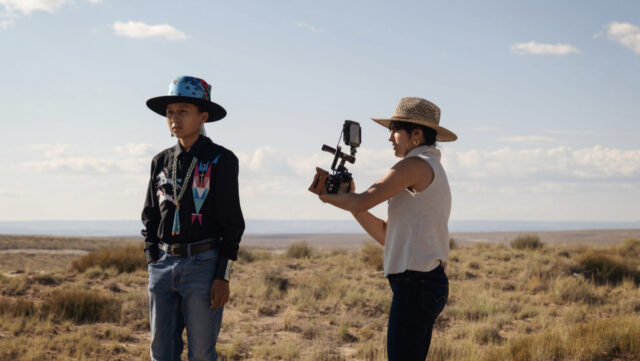
I always have a backpack and a small overhead bag that includes a film camera, a disposable or polaroid camera, one digital body, and one lens. Sometimes, I’ll shove the drone in there, but that’s been a new companion and I don’t always string it along. I will say I will use significantly more gear for larger local projects, but normally I bring as little as possible and rent gear if I need it.
Links: FUJIFILM Site | Trailer (YouTube) | Leah Judson’s website | Leah Judson’s personal Instagram
Full disclosure: This “In The Spotlight” series of interviews is sponsored by FUJIFILM.






